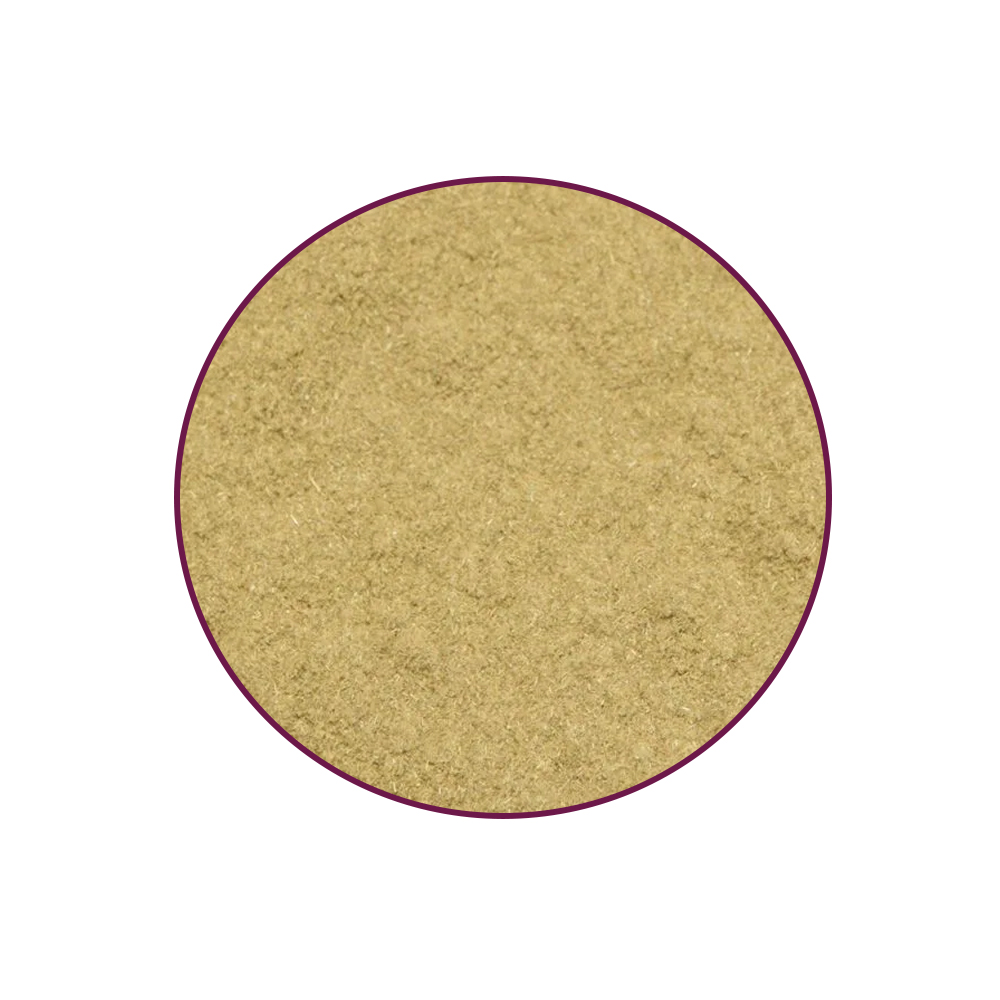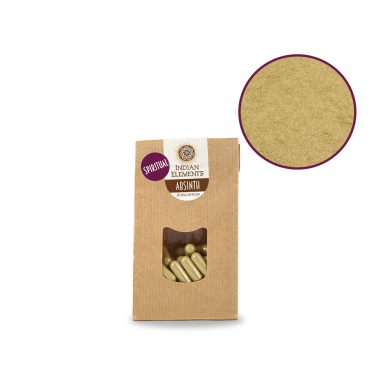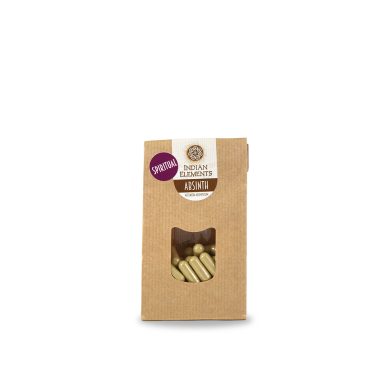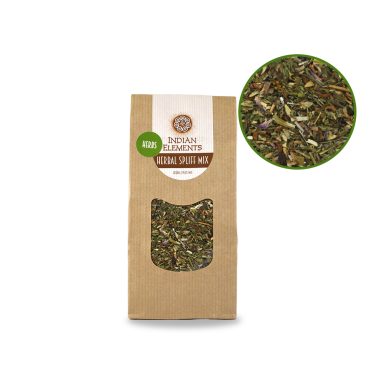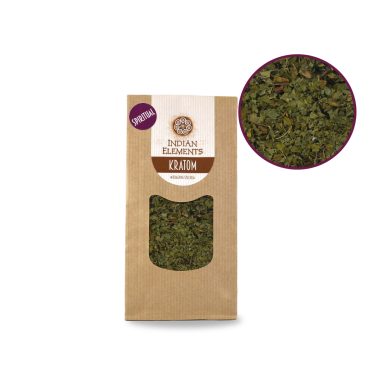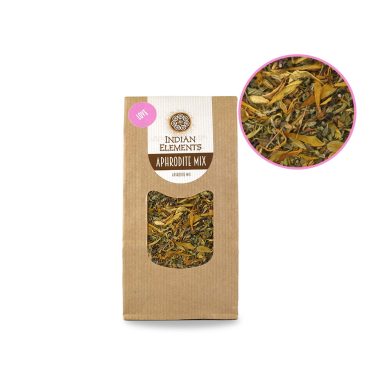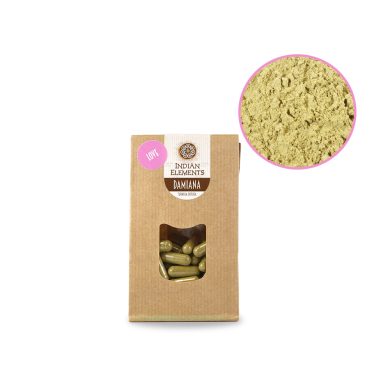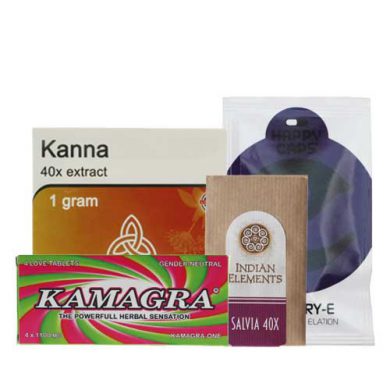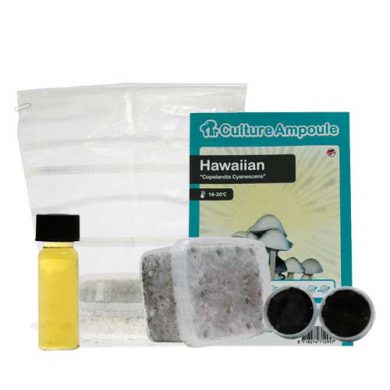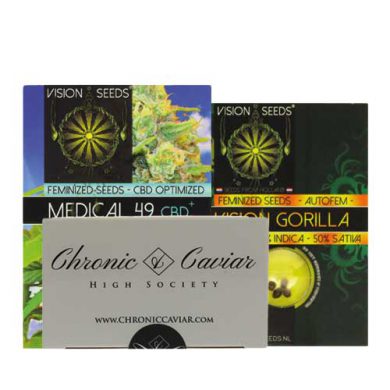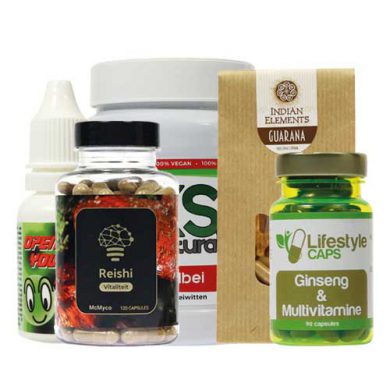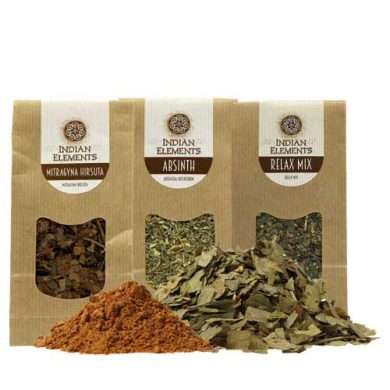What is Absinth?
Absinth, derived from the Artemisia Absinthium plant, is a herb with significant historical and medicinal uses. Known for its distinct bitter flavor, it is most commonly recognized as an ingredient in the famous alcoholic drink, Absinthe. However, its benefits extend beyond this drink. The plant can grow up to 120 cm in height and produces grayed leaves and yellow flowers during its bloom. Absinth has been praised for its ability to enhance digestion, stimulate appetite, and promote relaxation. Revered for its medicinal properties, particularly for digestive issues, it also gained popularity among artists like Vincent van Gogh for its mind-altering effects. Today, Absinth is embraced for its holistic benefits and is becoming increasingly popular as a natural supplement.
History of Absinth
Absinth has a rich history that dates back to ancient civilizations. The Greeks and Romans used Artemisia Absinthium to improve health and vitality. It was often placed in travelers’ shoes to help prevent foot pain and infections, and it was believed to offer various medicinal benefits.
In more modern times, Absinth became linked with the infamous alcoholic drink, particularly in the 19th century. Artists such as Pablo Picasso and Vincent van Gogh consumed Absinthe for its supposed stimulating and hallucinogenic effects. The plant gained a reputation that led to its ban for a period, due to concerns about the toxicity of thujone, a chemical compound found in the plant. Despite the ban, the herb’s health benefits were later recognized, and the ban was lifted. Absinth continues to fascinate due to its multi-dimensional uses and the ongoing cultural and historical significance.
How to Use Absinth
Using Absinth requires caution, as it is potent in nature. Typically, Absinth is consumed in small doses, with a recommended dosage of one gram per day. It can be brewed as a tea, or taken in other forms such as capsules or tinctures. Due to its bitter taste, it may be consumed with other herbs to improve the flavor.
When consumed, Absinth helps stimulate digestion, promote appetite, and provide a calming effect. Because of its potential hallucinatory effects, it is essential not to combine Absinth with alcohol or other mind-altering substances unless you are familiar with its effects. For relaxation or a creative boost, Absinth can be taken at the end of a long day or during stressful moments. It is important to avoid using it regularly, and activities such as driving should be avoided while under its influence. Always follow the recommended dosage and be mindful of how your body reacts.
Ingredients of Absinth
The primary ingredient in Indian Elements’ Absinth is Artemisia Absinthium, also known as Alsemkruid or Absinthe. This plant has been valued for its medicinal properties for centuries. It contains various compounds, including bitter substances that support digestion, stimulate appetite, and improve gastrointestinal health.
Absinth also contains thujone, which was once thought to be toxic but is now understood to contribute to its psychoactive effects. While it is most famous for its association with the alcoholic drink Absinthe, the plant offers numerous health benefits on its own. The bitter compounds in Absinth provide calming and relaxing effects, and it has historically been used to treat digestive issues, anxiety, and stress. Indian Elements’ Absinth is sourced and packaged with care to preserve the plant’s beneficial properties. It is 100% natural and vegan, making it a suitable choice for those seeking holistic wellness.
Warning
-
For use by individuals aged 18 and older. Keep out of reach of children.
-
Do not use regularly.
-
Avoid driving or operating heavy machinery while under the influence of Absinth.
-
Individuals with kidney or heart conditions, high or low blood pressure, diabetes, or those on medication or drugs should avoid using this product.
-
This herb is a dietary supplement, not a medicinal drug. It should be used accordingly.
-
Do not purchase if the seal is broken.

